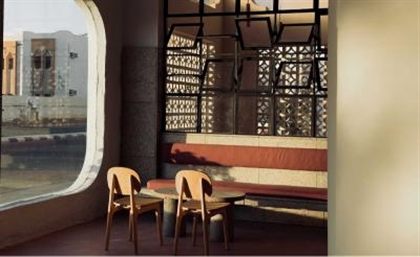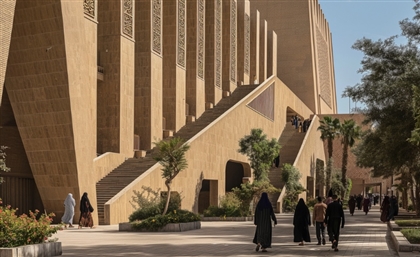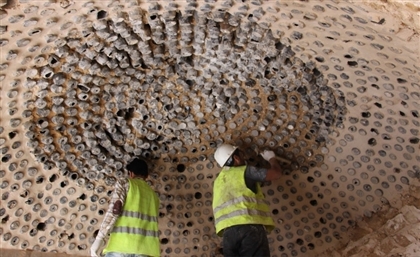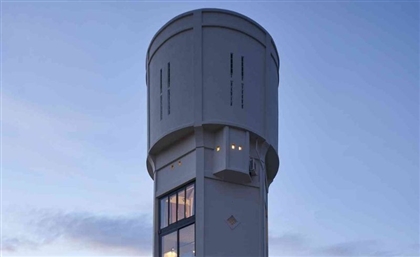Contemporary Temples: The State Museum of Egyptian Art in Munich
Located in one of Germany’s most art-rich urban areas, this ancient Egypt museum is completely underground.
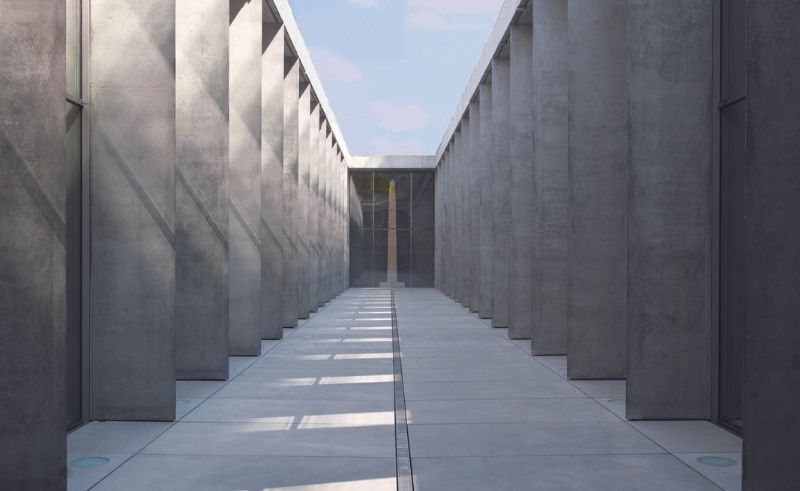
Drawn by the art-rich urban development surrounding Germany’s Old Pinakothek, an art museum in Munich considered to host one of the world’s oldest galleries, Cologne-based architecture firm Peter Böhm Architekten enclosed the historical square with a sleek building for ‘The State Museum of Egyptian Art’, which is dedicated to the Bavarian collection of ancient Egyptian artefacts and is completely underground.
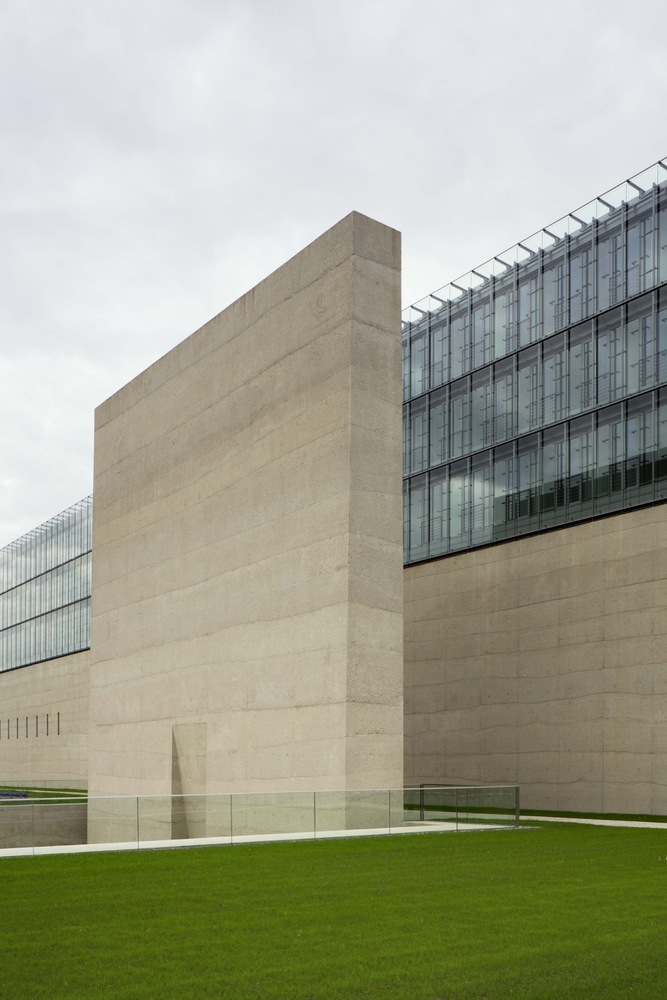 Aside from the subterranean temple-like design, the museum’s placement is reminiscent of the way Egyptian temples are aligned to the same axis of neighbouring sites, joining joins the Old and New Pinakotheks and the contemporary Pinakothek der Moderne - which form the foundations of Bavaria’s art collections - placing Egyptian art at the heart of the Germany’s most celebrated art districts.
Aside from the subterranean temple-like design, the museum’s placement is reminiscent of the way Egyptian temples are aligned to the same axis of neighbouring sites, joining joins the Old and New Pinakotheks and the contemporary Pinakothek der Moderne - which form the foundations of Bavaria’s art collections - placing Egyptian art at the heart of the Germany’s most celebrated art districts.
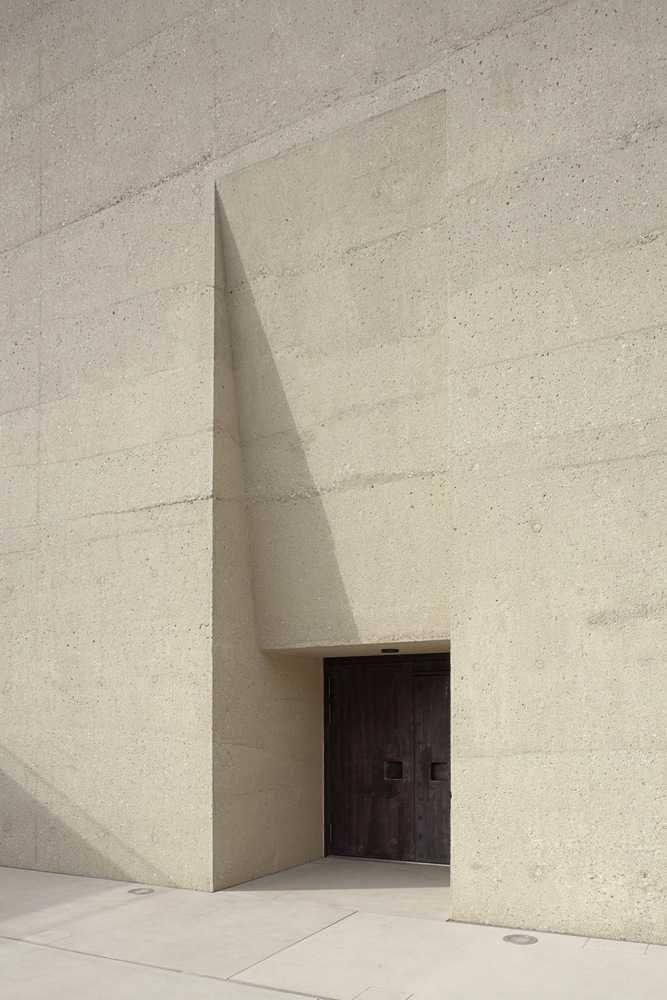 The museum’s entrance is buried like an archaeological excavation underneath the green forecourt in the west. Marked by a large, portal-like slab, it’s accessed through a flat inclined ramp that draws from ancient Egyptian temples.
The museum’s entrance is buried like an archaeological excavation underneath the green forecourt in the west. Marked by a large, portal-like slab, it’s accessed through a flat inclined ramp that draws from ancient Egyptian temples.
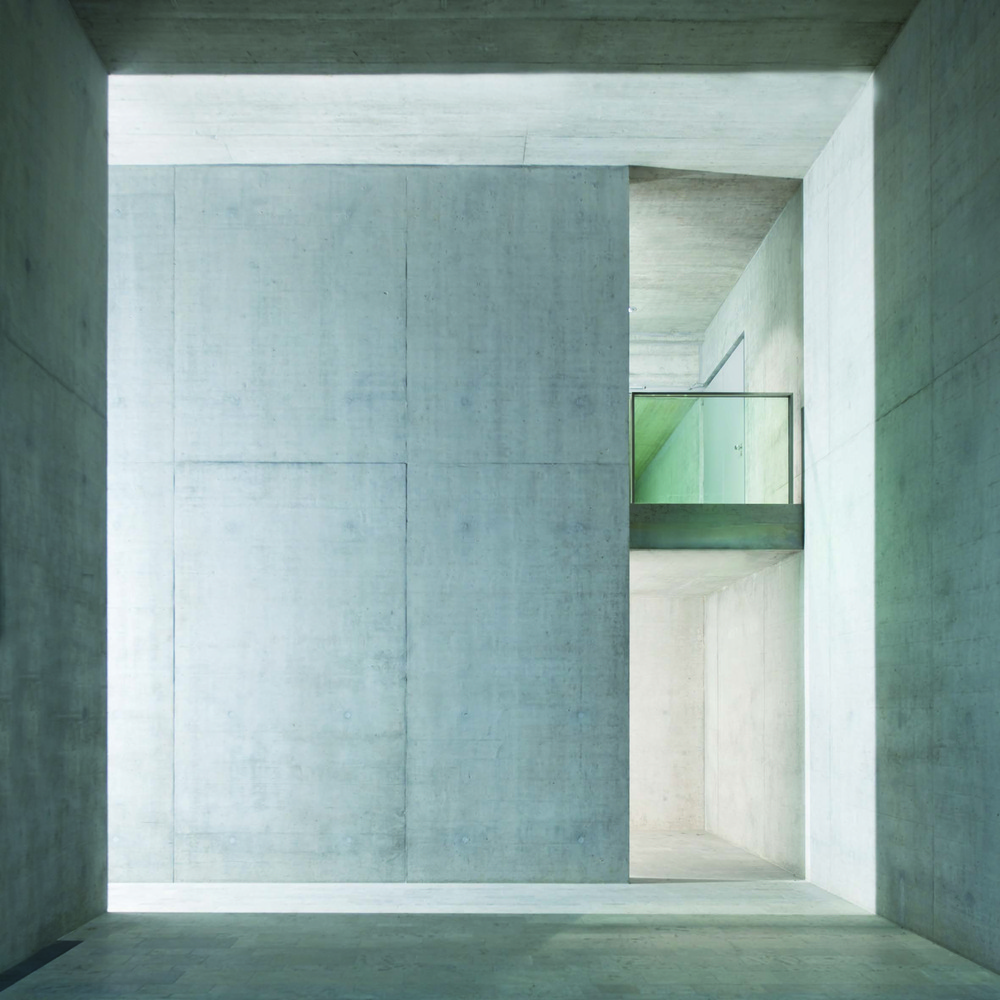 “In the museum, my aim was to create a place for the precious exhibits, in which the atmosphere of ancient temple complexes, from which they are largely derived, is translated into a modern architectural language,” Peter Böhm explains in the project’s description. Walls of the Egyptian Museum have a dark, red granite-like shade that pays tribute to the palette found in the Old Pinakothek and the natural stones that many obelisks were carved out of.
“In the museum, my aim was to create a place for the precious exhibits, in which the atmosphere of ancient temple complexes, from which they are largely derived, is translated into a modern architectural language,” Peter Böhm explains in the project’s description. Walls of the Egyptian Museum have a dark, red granite-like shade that pays tribute to the palette found in the Old Pinakothek and the natural stones that many obelisks were carved out of.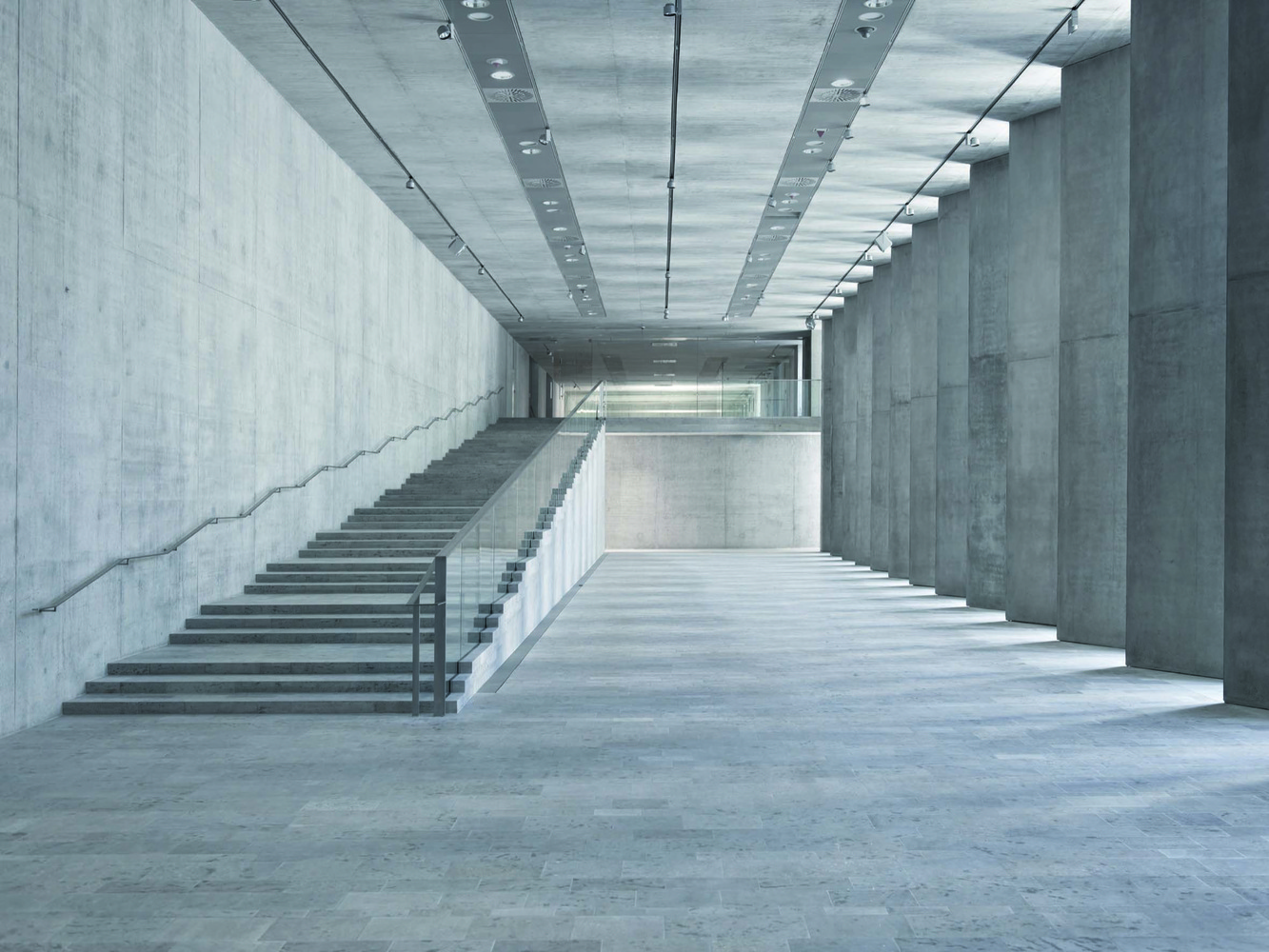 As opposed to having countless rooms filled to the brim with artworks, the museum’s open design offers refuge from sensory overload and provides visitors with room to take in the timeless art and culture of ancient Egypt. Underground, cathedral-like rooms are grouped around a sunken atrium and bathe in sunlight.
As opposed to having countless rooms filled to the brim with artworks, the museum’s open design offers refuge from sensory overload and provides visitors with room to take in the timeless art and culture of ancient Egypt. Underground, cathedral-like rooms are grouped around a sunken atrium and bathe in sunlight.
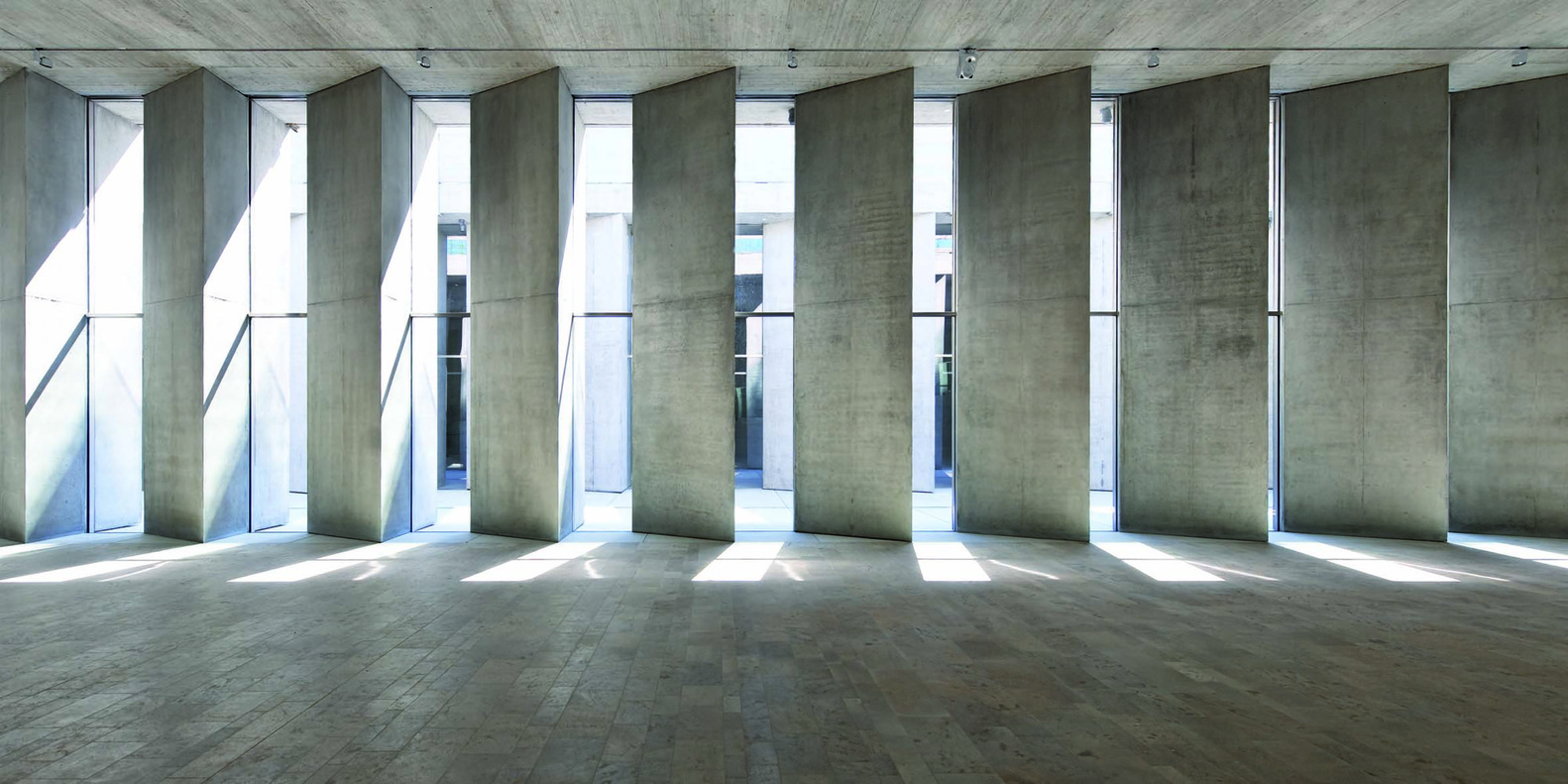 While temple interiors often had reliefs and motifs on their walls, in Munich, no decorative element covers the concrete, maintaining the abstract aesthetics of contemporary designs. A series of edgy half-openings reminiscent of columns tease glimpses of ancient masterpieces as visitors roam the museum’s spaces, with each hall dedicated to individual themes of Egyptian art.
While temple interiors often had reliefs and motifs on their walls, in Munich, no decorative element covers the concrete, maintaining the abstract aesthetics of contemporary designs. A series of edgy half-openings reminiscent of columns tease glimpses of ancient masterpieces as visitors roam the museum’s spaces, with each hall dedicated to individual themes of Egyptian art.
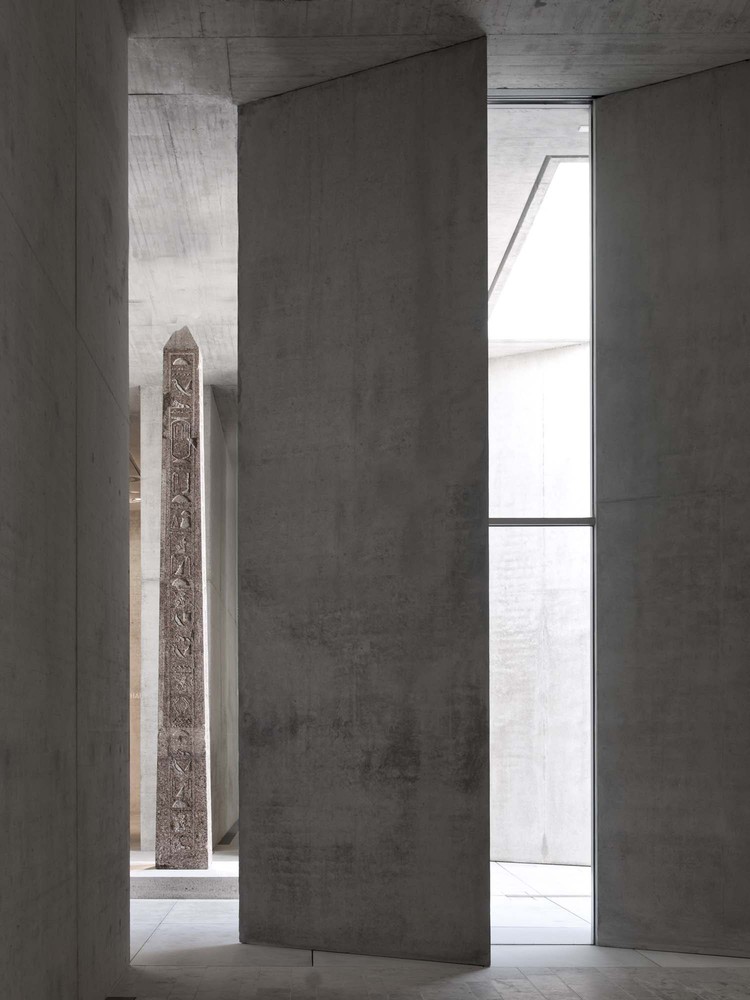 The museum contains the Bavarian collection of Egyptian art, which may not be the largest but has garnered attention for the quality of its pieces, particularly its sculptures. The collection goes back to the early 19th century when the Bavarian king Ludwig I acquired monuments for the Glypothek, a neoclassical museum built in 1830, followed by acquisitions by the Bavarian Academy of Science consisting mostly of coffins and stela.
The museum contains the Bavarian collection of Egyptian art, which may not be the largest but has garnered attention for the quality of its pieces, particularly its sculptures. The collection goes back to the early 19th century when the Bavarian king Ludwig I acquired monuments for the Glypothek, a neoclassical museum built in 1830, followed by acquisitions by the Bavarian Academy of Science consisting mostly of coffins and stela.
Photography Credit: Dieter Leistner
- Previous Article The Enduring Charm of Jeddah’s Old Town of Al Balad
- Next Article Nihal Zaki Opens Brand New Showroom in Sheikh Zayed






